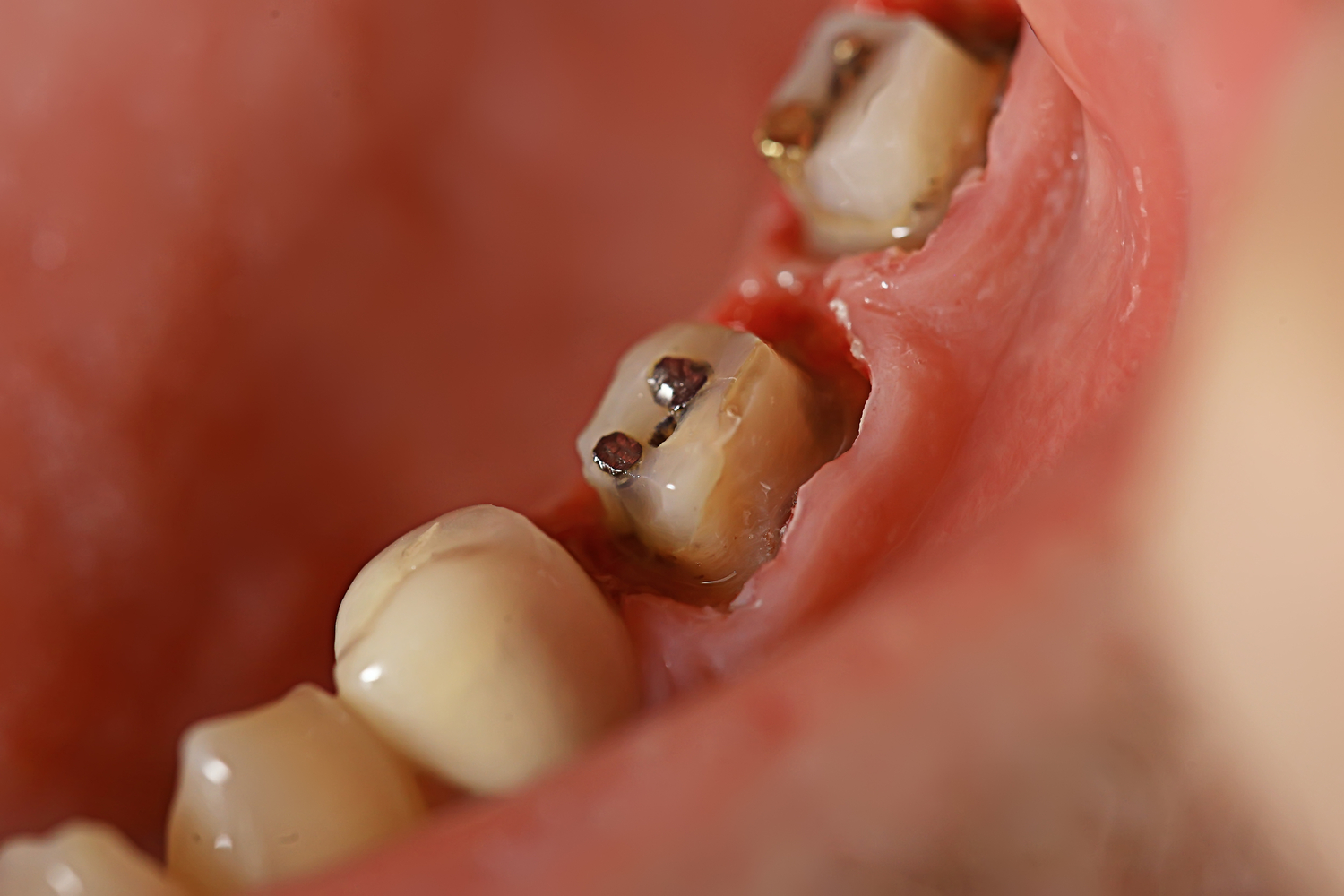
The Risk of Teeth Restorations and Their Associated Costs
Teeth restorations are often necessary for individuals who experience dental issues such as tooth decay, damage, or loss. These restorations can include anything from dental fillings to implants and can come with their own set of risks and the costs of dental implants can be expensive. While these restorations can improve one’s oral health and appearance, it is important to consider the potential risks and costs associated with them. In this listicle, we will explore the risks of teeth restorations and their associated costs:
1. Sensitivity or general discomfort
After getting a dental restoration, it is common for patients to experience sensitivity or general discomfort. This discomfort can range from mild to severe and may last for a few days or even a few weeks. While this discomfort is usually temporary, it can still be uncomfortable and can make it difficult to eat or drink certain foods. To alleviate this discomfort, patients can take over-the-counter pain medication or use a toothpaste designed for sensitive teeth.
2. Infection or allergic reaction to the metals used
Dental restorations often involve the use of metals such as titanium or nickel. While these metals are generally safe, some individuals may be allergic to them. Allergic reactions can cause symptoms such as itching, rash, or swelling. Additionally, if the restoration is not properly cleaned and maintained, it can lead to an infection. To prevent infection or allergic reactions, patients should inform their dentist of any allergies or sensitivities they may have and should follow proper cleaning and maintenance procedures.
3. Development of caries lesions
Caries lesions, also known as cavities, can develop around dental restorations. This is especially true for fillings, crowns, and bridges. If the restoration is not properly placed or maintained, it can create a gap between the restoration and the tooth, which can allow bacteria to accumulate and cause decay. To prevent caries lesions, patients should follow proper cleaning and maintenance procedures and attend regular dental check-ups.
4. Restoration failure
While dental restorations are designed to be durable and long-lasting, they can still fail over time. This can be due to a variety of factors such as poor placement, damage, or wear and tear. When a restoration fails, it can be expensive to repair or replace. To prevent restoration failure, patients should follow proper cleaning and maintenance procedures and attend regular dental check-ups.
5. The cost of teeth restoration
The costs associated with teeth restorations can vary depending on the type of restoration needed and the individual’s insurance coverage. Dental implant financing is often available for those who need expensive procedures such as dental implants. For those looking for an inexpensive option, dentures may be a more affordable choice. Patients can also look for the best teeth whitener or a teeth correction retainer to improve the appearance of their teeth without the need for extensive restorations.
In conclusion, while teeth restorations can improve one’s oral health and appearance, they also come with their own set of risks and costs. Patients should be aware of these risks and take steps to prevent them. Additionally, patients should consider the costs associated with restorations and explore their options for financing or finding more affordable alternatives, by searching online for “inexpensive dentures in my area”. By doing so, patients can maintain a healthy and beautiful smile for years to come.


